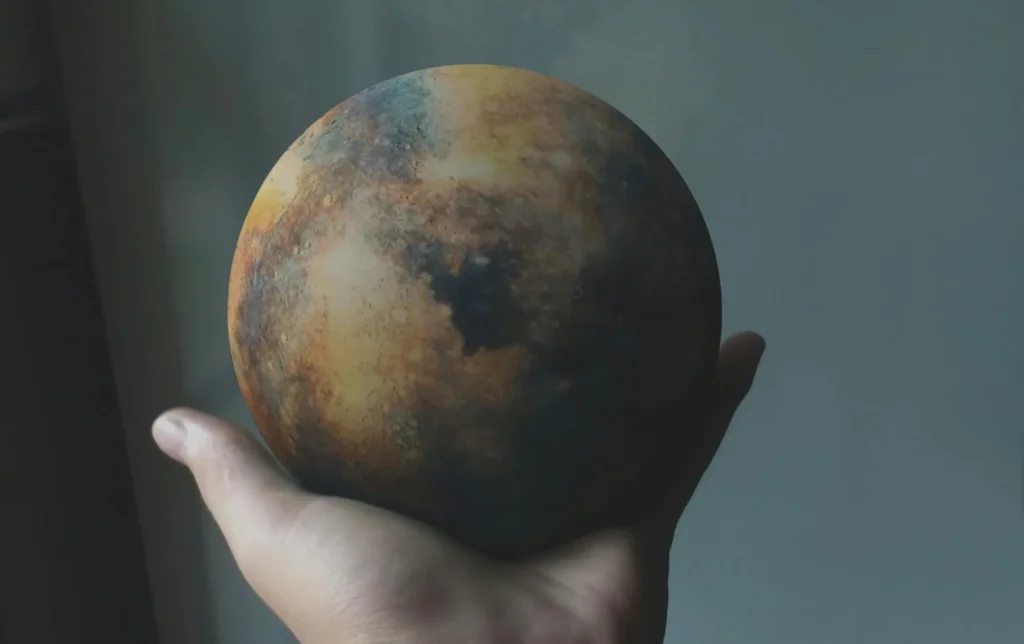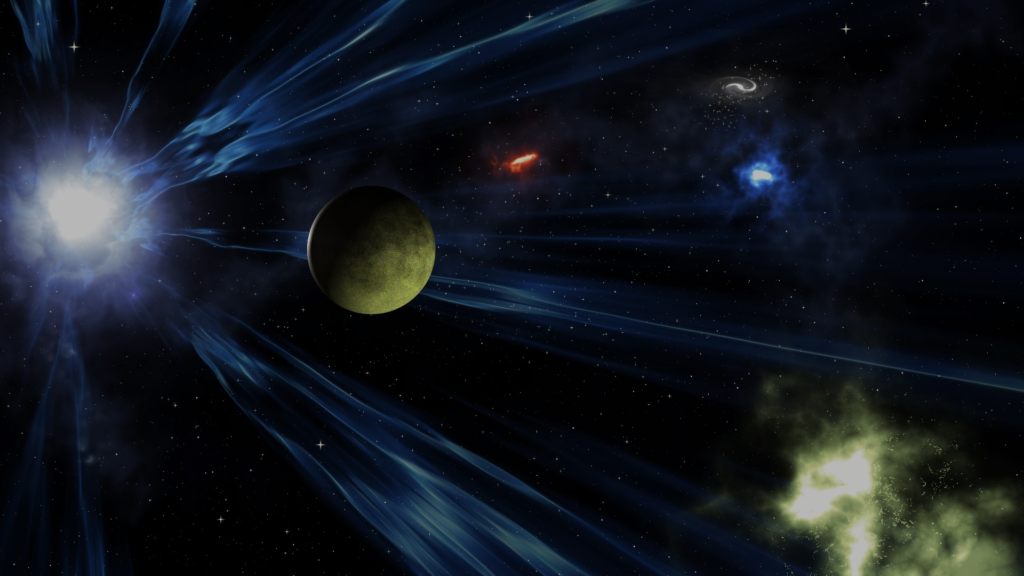
Mars, often called the “Red Planet,” has captured human imagination for centuries. From ancient mythology to modern science fiction, it has been a symbol of mystery and adventure. Today, Mars stands as a beacon of hope for space exploration, offering tantalizing possibilities for discovery, colonization, and perhaps even signs of extraterrestrial life.
The Allure of Mars
Mars gets its distinctive red hue from iron oxide, or rust, that covers its surface. Its striking appearance has made it a prominent feature in night skies and a favorite subject for astronomers. Mars is the fourth planet from the Sun, positioned just next to Earth, making it one of our closest celestial neighbors.
With a diameter roughly half that of Earth and a day only slightly longer than ours (24 hours and 37 minutes), Mars seems almost Earth-like. But its frigid temperatures, thin atmosphere, and dusty landscapes remind us it’s a world apart.
The Science of Mars
Surface and Geology
Mars boasts the largest volcano in the solar system, Olympus Mons, towering at about three times the height of Mount Everest. It also has a massive canyon system, Valles Marineris, that stretches over 4,000 kilometers—ten times the length of the Grand Canyon. These features suggest a geologically active past, with evidence of ancient rivers and lakes carved into its surface.
The Search for Water and Life
One of the most compelling aspects of Mars exploration is the hunt for water. NASA’s rovers have found strong evidence of ancient water flows, and recent discoveries suggest there may still be underground reservoirs. Where there is water, there’s a chance for life—or at least the conditions that could support it.
Atmosphere and Climate
Mars’ atmosphere is composed mostly of carbon dioxide and is 100 times thinner than Earth’s. This means that, despite its Earth-like appearance, the planet is inhospitable to human life without significant technological intervention. Temperatures can plummet to -80°C (-112°F) at night, adding another layer of challenge for potential colonization.
Mars Exploration: From Rovers to Humans
The history of Mars exploration began with flybys in the 1960s. Since then, a series of robotic missions have transformed our understanding of the planet. Highlights include:
- Mariner 4 (1965): The first spacecraft to send back close-up images of Mars.
- Viking Landers (1976): Conducted the first successful surface missions, searching for signs of life.
- Curiosity Rover (2012): Studied the planet’s geology and climate to assess its habitability.
- Perseverance Rover (2021): Currently searching for biosignatures and collecting samples for future return to Earth.
Looking ahead, humans are the next step. Space agencies like NASA and private companies like SpaceX are racing to put boots on Mars in the coming decades. These missions aim to establish a permanent human presence, using resources like water ice to support life and fuel production.
The Challenges of Living on Mars
Living on Mars would be no small feat. The planet’s harsh environment requires advanced technology for shelter, food, water, and breathable air. Radiation from the Sun and cosmic rays pose significant risks, as Mars lacks a magnetic field to shield against them.
Moreover, communication delays—ranging from 4 to 24 minutes one way—would make real-time interaction with Earth impossible. Despite these challenges, scientists and engineers are designing innovative solutions, from sustainable habitats to autonomous robots.
Mars and the Human Spirit
Mars represents more than a scientific frontier; it’s a cultural and philosophical one. The pursuit of Mars exploration embodies humanity’s innate curiosity and desire to transcend boundaries. Colonizing Mars could also serve as a backup for human civilization, ensuring our survival in the face of global threats.
Conclusion
Mars is not just a planet; it’s a dream—a destination that calls to the adventurer in all of us. As we continue to uncover its secrets, Mars holds the promise of discovery, innovation, and perhaps a second home for humankind. The journey to Mars is as much about understanding the universe as it is about understanding ourselves and our place within it.
Are you ready for the Red Planet? The future of Mars exploration will unfold in ways that inspire generations to come. One day, we may not just explore Mars; we may call it home.

